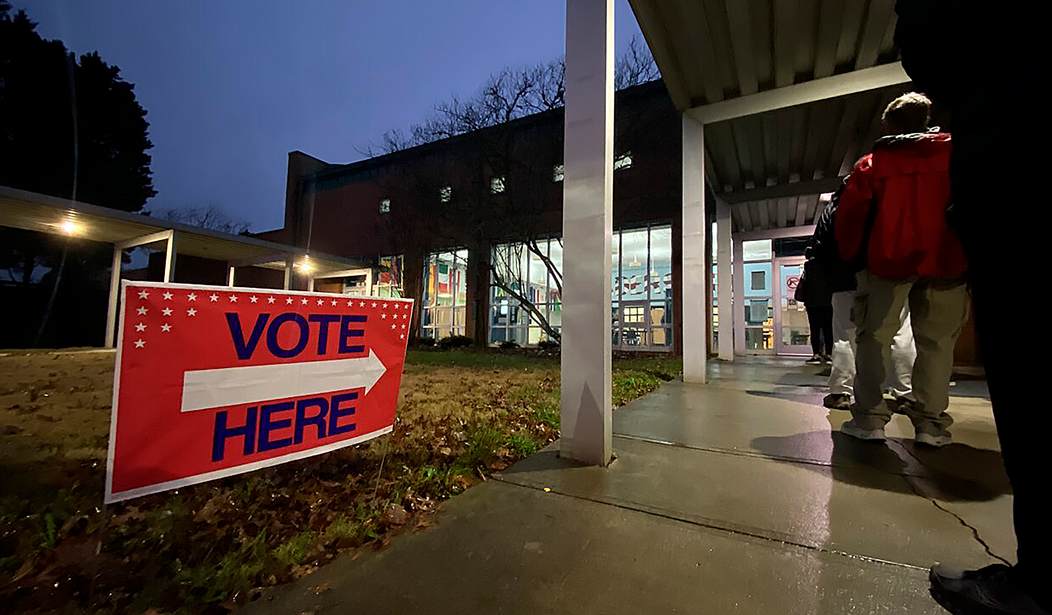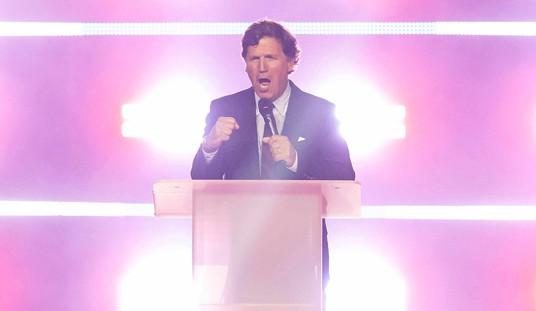Matt Taibbi is not a bomb thrower for either the left or right. His data-driven investigative reporting has changed the narrative about the COVID-19 pandemic, mainstream media bias, and the Russian collusion hoax.
Taibbi has now set his sights on presidential polling and is trying to answer the question of why the polls are so far off when it comes to supporting Trump. As Taibbi discovered, it's not really a mystery at all.
Most of us who follow politics read RealClearPolitics (RCP) on a regular basis. We know that it's a poll aggregator in that it reports polls from a wide variety of sources to come up with an average that, it's hoped, is an accurate reflection of the country's mind on the presidential race.
On October 31, the New York Times published a vicious attack piece on RCP that was shocking in its truthfulness. John McIntyre, the RCP publisher, was shocked to discover that RCP was part of a tidal wave of partisan polls being “weaponized” to “deflate Democrats’ enthusiasm” and “undermine faith in the entire system.”
McIntyre wondered what the Times was talking about. RCP didn't do its own polling. It simply reprinted results from other polls.“They actually wrote that our problem was we didn’t weight results,” said McIntyre, “That we didn’t put a thumb on the scale.”
As a reminder, the Times article and this piece are discussing polling aggregators, not individual polls such as Gallup or Siena College.
RCP actually got closer to the final election results than any other polling aggregator in the last three election cycles. But that didn't matter to the "mainstream" polling aggregators. And that made them suspect.
"Wikipedia editors decided it had a 'strong Republican bias' that made it 'suspect,' even though, as I mentioned, they don't conduct any polls themselves, they just list the results. Other polling aggregators agreed and cut them out of their reporting."
“They just whitewashed us away three weeks before the election because we were a point or a point and a half more favorable to Trump, which as it turns out still underestimated him,” McIntyre said.
What happened in 2024 to RCP is emblematic of wider failures in data journalism, which has now turned in three straight cycles of obscene misses. Although problems in polling have been lavishly, even excessively covered, failures are inevitably presented as a Scooby-Doo whodunit, rooted in a magic invisibility power apparently unique to Trump voters. “If Trump outperforms the polls once again,” the Atlantic concluded this August, “something about his supporters remains a mystery.”
But it’s no mystery. The polling problem in America looks like good-old-fashioned lying, mixed with dollops of censorship and manipulation:
The "crisis in polling" is a mirage. There really isn't so much a crisis in polling as there is a crisis in the integrity of polling aggregators who publish fictitious "weighted averages" that are designed to obscure the truth rather than illuminate it.
“A poll average is simple,” says McIntyre. “You add polls up, and you divide by the number.” Duh. But polls that purport to be "nonpartisan" are different. “Those are really models, but they don’t call them that,” McIntyre says. “The New York Times had an average and the Washington Post had one, but they’re not really averages. They’re more like, 'This is where we want to say the race is.’'”
Most “averages” or “aggregates” have pages that explain how they weight results, though the exact recipe is usually a mystery. The Times in September explained in a general way how it weights pollsters. To an unspecified degree it favors track records of “unbiased and accurate results” (note the term “accurate” isn’t by itself). It also upgrades for “professionalism,” which to the Times among other things means an average that “contributes microdata” to Cornell’s Roper Center or is a member of the American Association for Public Opinion Research.
Taibbi shows how mainstream media decision-makers accept "high quality" polling despite the nebulous definition of what "high quality" actually means. “High quality polls are accurate polls,” says McIntyre. That's true except “Many polls that have traditionally been more accurate struggled in 2016, 2020 and 2024,” says Nate Silver. “They were better — indeed, pretty good — in the two midterms (2018, 2022). But they can’t seem to capture enough Trump supporters, probably because they’re less likely to respond to surveys.”
Because it appeared on the scene years before Mark Blumenthal’s Pollster.com (2006) and Silver’s original FiveThirtyEight (2008), the Real Clear average has a long tradition of use by reporters; MediaShift in 2008 called RCP the “ultimate political aggregator.” But the Times in 2020 wrote a piece skewering it for a “hard right turn,” saying it “seemed skewed by polls that have been ‘a bit kinder to Trump.’” This year’s Times piece was even more harsh. As evidence that its “incentive is not necessarily to get things right,” as one of the paper’s sources put it, the Times cited RCP’s “No Tossups” map, which “currently shows [Donald] Trump winning every swing state,” as if this were inherently absurd.
Trump won every swing state.
“It was put out on Halloween, the week before the election,” McIntyre says. “They said, ‘Yeah, they had this crazy map that shows Trump winning all swing states.”
"There was a 2020 poll in Wisconsin that showed Biden winning by 17 points a week before the election. He ended up winning the state by less than a point. How do you explain that?"
“There’s no question that the polling, if it’s not honest, becomes an information weapon. If Wisconsin’s truly a swing state and the guy’s up 17 points, you think, ‘Well, I guess it’s not close.’”
It should be noted that even polls showing Trump winning were off by a substantial margin. Pollsters still have some work to do in that respect, but perhaps they could start by taking their thumbs off the scale.










